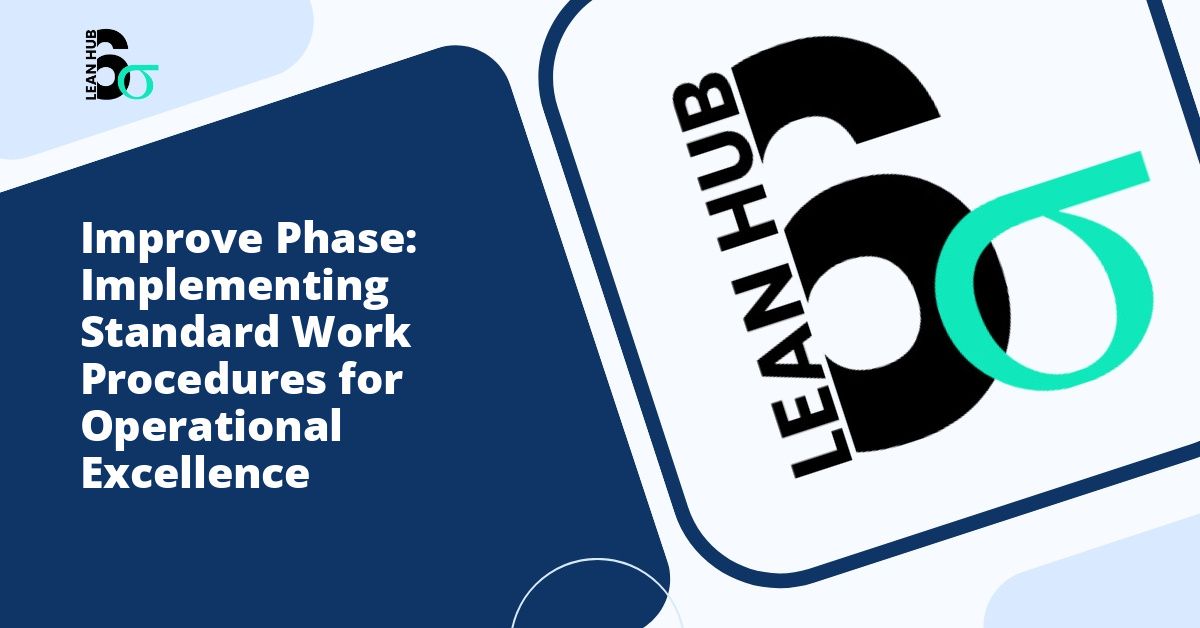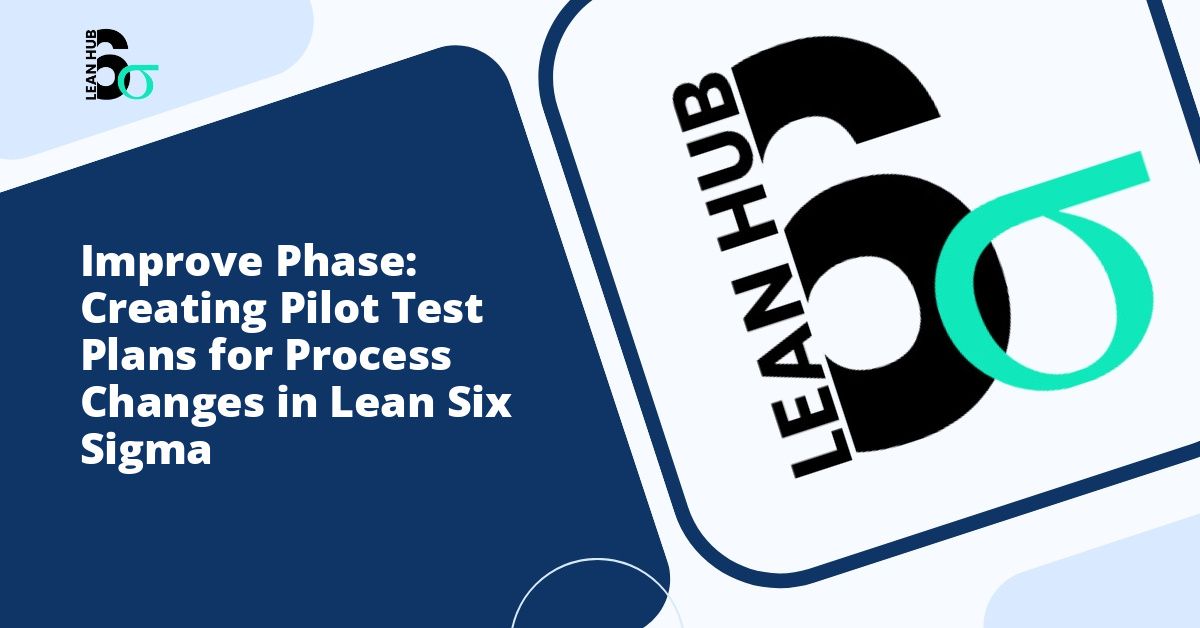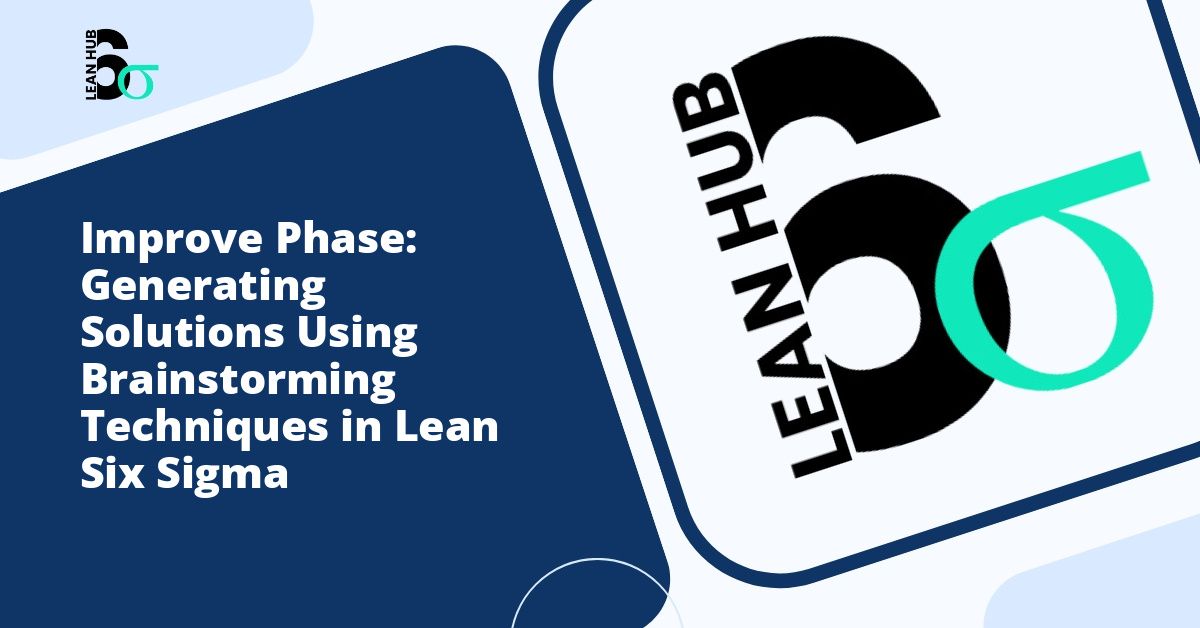Organizations embarking on process improvement initiatives often rush into full-scale implementation without adequately testing their proposed changes. This approach can lead to costly failures and wasted resources. A well-designed pilot study serves as a critical bridge between theory and practice, allowing teams to validate their hypotheses and refine their strategies before committing to organization-wide deployment.
Understanding what constitutes success in a pilot study is essential for making informed decisions about scaling improvements. This article explores the key criteria that define pilot study success and provides practical guidance for establishing meaningful benchmarks that align with organizational objectives. You might also enjoy reading about Design of Experiments Explained: Testing Multiple Variables Simultaneously for Better Results.
The Foundation of Pilot Study Success
Before launching any pilot study, organizations must establish clear, measurable criteria that will determine whether the test was successful. These criteria serve multiple purposes: they provide objective measures for decision-making, align stakeholder expectations, and create accountability throughout the testing process. You might also enjoy reading about How to Write Standard Operating Procedures for Your Improved Process: A Complete Guide.
Success criteria should be established during the planning phase, ideally during the recognize phase of your improvement methodology. This early definition prevents the common pitfall of retrospectively justifying results or moving goalposts after data collection begins. You might also enjoy reading about Cost-Benefit Analysis for Improvements: How to Justify Your Solution Investment.
Core Components of Pilot Study Success Criteria
Quantitative Performance Metrics
The most fundamental element of pilot study success criteria involves quantitative measurements that directly relate to your improvement objectives. These metrics should be specific, measurable, and tied to baseline performance data.
Organizations utilizing lean six sigma methodologies understand that data-driven decision making requires robust measurement systems. Your pilot study should include metrics such as:
- Process cycle time reductions with specific percentage targets
- Error or defect rate improvements measured against baseline performance
- Cost savings or efficiency gains quantified in monetary terms
- Customer satisfaction scores with defined improvement thresholds
- Resource utilization improvements expressed as percentage changes
When setting these targets, organizations should balance ambition with realism. Targets that are too aggressive may discourage teams and lead to premature abandonment of promising improvements, while targets that are too modest may fail to justify the investment in change.
Qualitative Assessment Criteria
While numbers provide essential objective data, pilot study success cannot be measured by metrics alone. Qualitative criteria capture important dimensions of change that resist quantification but significantly impact long-term sustainability.
Consider these qualitative success factors:
- User acceptance and satisfaction with new processes or systems
- Ease of implementation and learning curve considerations
- Cultural fit within the existing organizational environment
- Scalability potential based on resource requirements and complexity
- Unintended consequences or side effects observed during testing
Gathering qualitative data through structured interviews, focus groups, and observation protocols ensures that decision makers have a complete picture of pilot study performance.
Implementation Feasibility
A pilot study might demonstrate impressive performance improvements while simultaneously revealing implementation challenges that would prevent successful scaling. Therefore, feasibility must be considered a core success criterion.
Implementation feasibility encompasses several dimensions. Financial feasibility examines whether the organization can afford full-scale deployment, including both one-time implementation costs and ongoing operational expenses. Technical feasibility assesses whether existing infrastructure, systems, and technical capabilities can support the change. Organizational feasibility evaluates whether the workforce possesses the necessary skills, knowledge, and capacity to adopt the new approach.
During the recognize phase of project planning, teams should identify potential implementation barriers and incorporate feasibility assessment into their success criteria framework.
Establishing Meaningful Benchmarks
Success criteria become actionable only when paired with specific benchmarks that define threshold performance levels. Organizations typically establish three benchmark levels: minimum acceptable performance, target performance, and stretch performance.
Minimum acceptable performance represents the lowest outcome that would justify proceeding with full implementation. If pilot results fall below this threshold, the initiative should be reconsidered or redesigned. Target performance reflects the expected outcome based on planning assumptions and preliminary analysis. Stretch performance describes exceptional results that exceed planning expectations.
This three-tiered approach, commonly employed in lean six sigma projects, provides nuanced decision-making guidance rather than simple pass-fail judgments. It acknowledges that pilot studies often reveal both opportunities for optimization and the need for adjustments before scaling.
Time-Based Success Dimensions
Pilot study success criteria should include temporal considerations that recognize the evolution of performance over time. Some improvements deliver immediate results, while others require adjustment periods before reaching full potential.
Define success criteria for multiple time horizons. Immediate success criteria measure outcomes apparent within days or weeks of implementation, such as initial user adoption rates or immediate process changes. Short-term success criteria assess performance after teams have completed initial learning curves, typically measured in weeks or months. Long-term success criteria evaluate sustainability and continued improvement over extended periods.
This temporal framework prevents premature conclusions based on implementation dips or artificially inflated early results from the Hawthorne effect, where people modify behavior simply because they know they are being observed.
Stakeholder Alignment on Success Definition
Different stakeholders often have varying perspectives on what constitutes success. Executive sponsors may prioritize financial returns, operational managers may focus on efficiency gains, frontline employees may value ease of use, and customers may care most about service quality improvements.
Effective pilot studies acknowledge these multiple perspectives by developing success criteria that address the priorities of all key stakeholder groups. This comprehensive approach prevents situations where pilot studies succeed by one measure while failing to address critical concerns of important stakeholders.
During the recognize phase, conducting stakeholder analysis helps identify whose perspectives must be incorporated into success criteria. Facilitated workshops where stakeholders collaboratively define success criteria build buy-in and ensure that diverse perspectives are considered.
Documentation and Communication
Once established, success criteria must be clearly documented and communicated to all participants and stakeholders. This documentation should explain not only what will be measured but why these particular criteria were selected and how they align with organizational strategy.
Create a success criteria charter that includes the specific metrics, benchmarks, measurement methods, data collection schedules, and reporting protocols. This charter serves as a reference point throughout the pilot study and provides transparency that builds credibility for eventual recommendations.
Organizations practicing lean six sigma principles recognize that standardized documentation supports process discipline and reduces ambiguity that can undermine improvement initiatives.
Adapting Criteria Based on Learning
While success criteria should remain stable enough to provide consistent evaluation standards, pilot studies sometimes reveal that initial criteria were based on incomplete understanding. Organizations must balance criteria stability with appropriate flexibility to incorporate significant learning.
If criteria modifications become necessary, document the rationale thoroughly and communicate changes to all stakeholders. This transparency maintains credibility and distinguishes legitimate criteria evolution from opportunistic goalpost moving.
Making the Go or No-Go Decision
The ultimate purpose of pilot study success criteria is enabling informed decisions about full-scale implementation. When pilot studies conclude, compare actual results against established criteria across all dimensions: quantitative metrics, qualitative assessments, feasibility considerations, and temporal performance patterns.
Rarely do pilot studies succeed or fail uniformly across all criteria. More commonly, results present a mixed picture requiring judgment and discussion. The success criteria framework structures these conversations by providing objective reference points and preventing decisions based solely on subjective impressions or political considerations.
Conclusion
Defining clear, comprehensive success criteria transforms pilot studies from exploratory activities into rigorous experiments that generate actionable insights. By establishing quantitative metrics, qualitative assessments, feasibility standards, and temporal benchmarks during the recognize phase, organizations create the foundation for evidence-based decision making.
Success criteria should address multiple stakeholder perspectives, acknowledge the complexity of organizational change, and provide nuanced guidance that supports thoughtful decisions rather than simplistic pass-fail judgments. When pilot studies are evaluated against well-constructed success criteria, organizations can proceed with confidence, knowing that their improvement initiatives rest on solid evidence rather than wishful thinking.
The investment in defining what good looks like before beginning a pilot study pays dividends throughout the improvement journey, ensuring that resources are directed toward changes that deliver meaningful, sustainable value.








